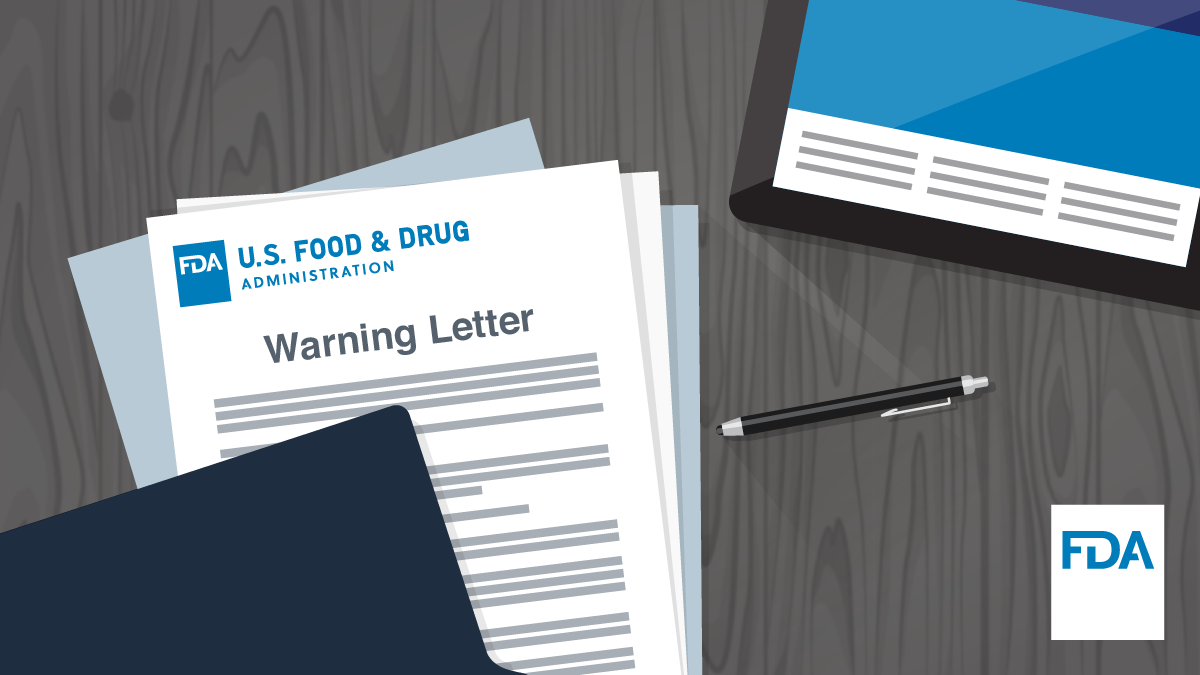Warning letters are the FDA’s second level of enforcement actions after issuance of a form 483. The FDA determined that either the firm’s response to the form 483 was inadequate or the observations were serious enough to support issuance of a warning letter.
Often it is possible to determine the corrective actions necessary and the impact that the warning letter will have on the business. To determine a letter’s impact on the business, I ask these questions:
How many deficiencies does the warning letter identify? A large number of deficiencies identified in the warning letter suggest a broad scope of problems within the organization and quality system.
Does the warning letter cite that previously identified deficiencies were not effectively corrected? This citation suggests that the firm’s root cause analyses, corrective and preventive actions, and CAPA effectiveness evaluations may not be adequate.
Does the warning letter indicate that inadequate investigations were conducted into quality events discovered after product was released to distribution? FDA may be suggesting that the firm recall the product(s).
Does the warning letter state that a re-inspection will be necessary to confirm that appropriate and effective corrective actions have been put in place? This recommendation indicates the level of seriousness of the deficiencies or the potential risk of the deficiencies to threaten product quality and patient safety.
And finally, does the warning letter include additional requirements or issues that the company must address while responding to the identified deficiencies
